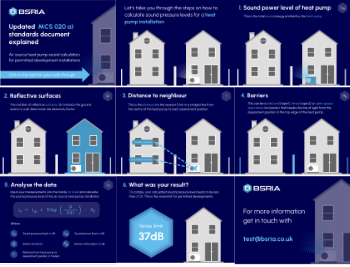Mortice lock

|
| A common lever-type mortice lock in the UK. |
Contents |
[edit] Introduction
A mortice lock (or mortise lock) is a lock that is carved or cut into a pocket on the side of a door or piece of furniture. This type of lock is sometimes used as a second lock for increased security and is commonly found in residential applications.
[edit] History
The mortice lock was commonly used in older buildings in the United States. Two of the country’s early presidents, Thomas Jefferson and James Madison both mentioned mortise locks as their security devices of choice. In 1788, Thomas Jefferson wrote to John Trumbull to request “mortise locks” on a carriage he wanted made to his specifications.
In 1798, James Madison included a reference to the devices (“mortise locks which I accordingly prefer”) in a letter to Jefferson. The letter followed with a review of matters of state. The discussion of locks came before the discussion of politics.
[edit] Operation
The locking body of a mortice lock is installed in the door, piece of furniture or other object while the box keep is installed in the facing frame. The mortice lock works by projecting its locking device (or lever) into the corresponding space on the facing side of the door frame or other object. A key is often used to operate the bolting mechanism and move it into the locked or unlocked position.
Mortice locks can create a layer of security on top of that which has been provided by standard cylindrical locks. Commonly available in deadlock and sashlock varieties, mortice locks are used in residential and commercial properties throughout the United States and Europe.
NB Code of practice: Hardware for fire and escape doors, Issue 5, published by DHF and GAI in November 2024, defines a deadlock as a: ‘Lock that contains only a deadbolt.’ Where a deadbolt is a: ‘Bolt that is operated in both directions by a key, handle and/or thumb turn.’
[edit] Related articles on Designing Buildings
Featured articles and news
Gregor Harvie argues that AI is state-sanctioned theft of IP.
Heat pumps, vehicle chargers and heating appliances must be sold with smart functionality.
Experimental AI housing target help for councils
Experimental AI could help councils meet housing targets by digitising records.
New-style degrees set for reformed ARB accreditation
Following the ARB Tomorrow's Architects competency outcomes for Architects.
BSRIA Occupant Wellbeing survey BOW
Occupant satisfaction and wellbeing tool inc. physical environment, indoor facilities, functionality and accessibility.
Preserving, waterproofing and decorating buildings.
Many resources for visitors aswell as new features for members.
Using technology to empower communities
The Community data platform; capturing the DNA of a place and fostering participation, for better design.
Heat pump and wind turbine sound calculations for PDRs
MCS publish updated sound calculation standards for permitted development installations.
Homes England creates largest housing-led site in the North
Successful, 34 hectare land acquisition with the residential allocation now completed.
Scottish apprenticeship training proposals
General support although better accountability and transparency is sought.
The history of building regulations
A story of belated action in response to crisis.
Moisture, fire safety and emerging trends in living walls
How wet is your wall?
Current policy explained and newly published consultation by the UK and Welsh Governments.
British architecture 1919–39. Book review.
Conservation of listed prefabs in Moseley.
Energy industry calls for urgent reform.























